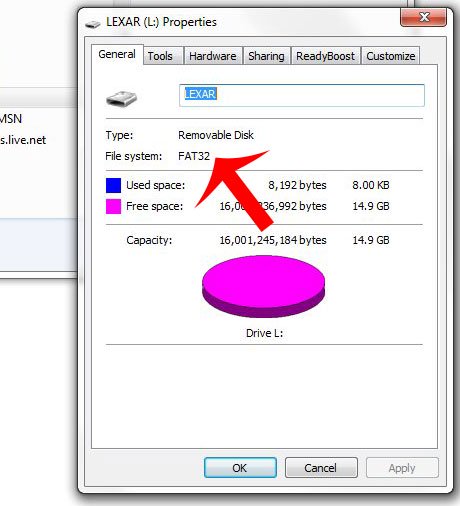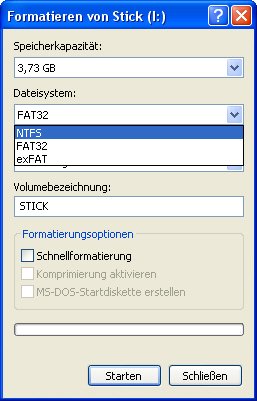

It also includes support for features from OS X Lion, such as Versions. Mac OS Extended (Journaled) - This is the default file system format for Mac OS X drives.Īdvantages: Formatting your USB flash drive this way will give you full interoperability with Macs. I'll discuss the advantages and disadvantages of the other three formats below. Unless you have extraordinary needs, you can safely ignore two of them: Mac OS Extended (Case-sensitive, Journaled) and Free Space. There are several possible file system formats you can use for a USB flash drive, and changing them in Disk Utility is as easy as selecting the number of partitions you want on the drive (usually just one), picking the format you want for the drive, and clicking "Apply." Note that this will erase all information on the drive, so make absolutely sure you've got copies of everything before moving forward.ĭisk Utility gives you five different choices for drive formats in OS X Lion. If the drive is listed as NTFS-formatted, you're going to need to format it to something else if you want full compatibility with Mac OS X.

If the drive's format comes up as MS-DOS (FAT) or, less likely, ExFAT, you may be able to simply leave the drive as-is and not bother reformatting it. The device that is now gone from the list is your USB device.You can disable notifications at any time in your settings menu. Note: If you are unsure of the drive designation, unplug the USB drive temporarily before running the df command again. In this example, the USB drive is /dev/sdb1.

Locate the USB in the list and find the corresponding device. The terminal prints out a list of all mounted partitions and relevant information: used space, available space, used space percentage, and the path. Open the terminal and run the following command: df

Their main features and differences are: File System The most commonly used file systems when formatting a USB drive are: There are many file systems in use, differing by maximum file size and operating system compatibility. Which File System to Use for USB Formatting? A user account with sudo/root privileges.


 0 kommentar(er)
0 kommentar(er)
